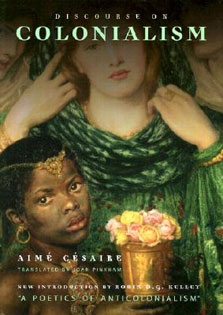About The Book
If any one theme emerges from this [discussion] it is the resurgence of interest in and defence of humanistic concerns with art. Such a development is...
Read more
to be welcomed, and perhaps analytic aesthetics, given the way it has developed, is best placed to defend the distinctive and significant values of art. For such a defence is surely needed in the face of the critical sophistry and nihilism that threatens the humanities.-British Journal of AestheticsThis volume brings together essays by leading philosophers of art who consider what can be learned from the meaning of art about society, morality, and life in general. This subject inevitably leads to discussion of other issues. Is art distinct from life? Is a concern with art's messages consistent with an appropriately aesthetic appreciation of its works? Is there anything distinctive about the manner in which art communicates its messages, or about the messages it conveys? The topic of art's social and moral importance has always been a central one in aesthetics. However, whereas Plato and Schiller, for instance, viewed art as intimately implicated in a person's moral and social education, modernist theories have argued for art's autonomy and separation from worldly matters. The essays presented here provide a contemporary perspective on this long-standing debate and reveal the recent revitalization of humanist concerns in describing art and its significance.Contributors are Stephen Davies, Susan L. Feagin, T. J. Diffey, Jenefer Robinson, Gregory Currie, Peter Lamarque, Jerrold Levinson, David Novitz, Ismay Barwell, G¿ran Hermer¿n, and Richard Shusterman.
Hide more




